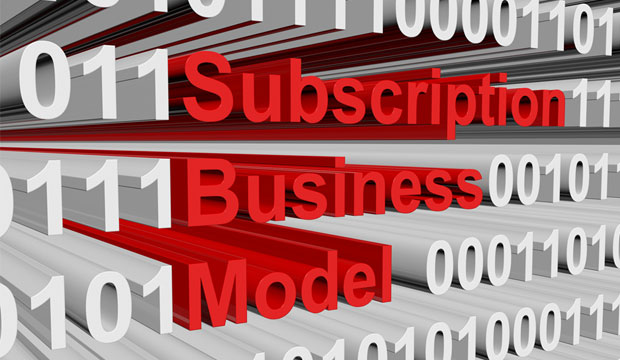By now you’re likely familiar with the rough outlines of the story. After nearly a decade of company building, Zuora last week went public, valuing itself on the open market at roughly US$2 billion after gaining 43 percent on its first day of trading. Those outlines don’t reveal the importance of Zuora generally, and subscription billing systems in particular, to the rapid evolution of the subscription economy and CRM.
During Siebel’s heyday, Salesforce re-made CRM into a subscription service and stole the market. Siebel represented the last of the big on-premises enterprise software systems, and after nearly a decade of enterprise resource planning trials and tribulations, few organizations wanted much to do with another deployment that potentially could crater their business.
Hidden in the promise of what would become cloud computing — including easy installation, modification and upgrades — lurked a painful secret. With so much flexibility in the business model, running a subscription service at scale represented a major challenge.
Over the Hump
Vendor businesses adopting subscriptions had to accommodate new technology and billing models that stood for such a departure that subscription vendors almost couldn’t pull it off.
At the end of a month, small subscription companies had to marshal resources from every department to create accurate bills for customers — especially those that might have added or deleted users.
Incorrect bills didn’t get paid on time, and resources dedicated to billing weren’t available for building and maintaining products. Where billing was concerned, some subscription companies became victims of their own success.
Zuora led a revolution that changed that dynamic and enabled subscription vendors of all kinds to run their businesses with the billing function under control, which enabled subscription vendors and their unique economy to flourish.
Today, the subscription model is well understood and thriving. In addition to leasing cars and subscribing to phone services, which Zuora had less to do with, customers can subscribe to monthly deliveries of foods, clothing, software, and a good deal more.
Even hard core traditional businesses, such as earth moving, have begun selling subscriptions to moved earth rather than the bulldozers themselves.
Getting Better All the Time
Subscriptions represent a wave of commoditization and automation sweeping across all industries from the tech sector. They are a neat sidestep substituting the high cost of products for a much lower pay-as-you-go model. They are thus opening economies and expanding their addressable marketspace.
For vendors, subscriptions have made planning and forecasting easier and more reliable. Today’s subscription model might bank several years of revenue at once, only decrementing the total when it is used, typically monthly.
Terms like “annual recurring revenue” (ARR) have come into popular use. When planning the year ahead, managers must focus on ARR, customer retention, and the incremental increase needed for growth.
Finally, subscriptions, the data they generate, and the systems used to manage it, also have been a big part of rapidly improving customer outreach.
You can say what you want about analytics, machine learning, and multichannel connections in the sales and service processes for which CRM is justly famous. However, it’s also true that the attention we’ve all had to pay to monthly customer churn and attrition due to billing systems has spurred the development of CRM systems that make vendors better.
My Take
Zuora’s IPO is important for its own sake. Founders and venture capitalists have reaped justifiable rewards for a decade of hard work and risk taking. It’s not hyperbolic to say that without subscription billing, the world of CRM would be different, and so would our consumer society.
What’s next is interesting. Beyond organic growth, as the market for subscription services continues to expand, there are new areas and industries that will make use of subscriptions. Perhaps the greatest emerging area is the Internet of Things, or IoT. Conducting business in the IoT requires razor-thin margins, which means that human mediation of complex processes must be kept to an absolute minimum.
Today machines talk to machines, ordering supply replenishment and other things that effectively conduct business and make purchases without people. This trend will continue and expand, and we will find that all the learning from the early days of the subscription economy will come in handy as we grapple with marketplaces that contain more machines than humans.



























































Social CRM
See all Social CRM